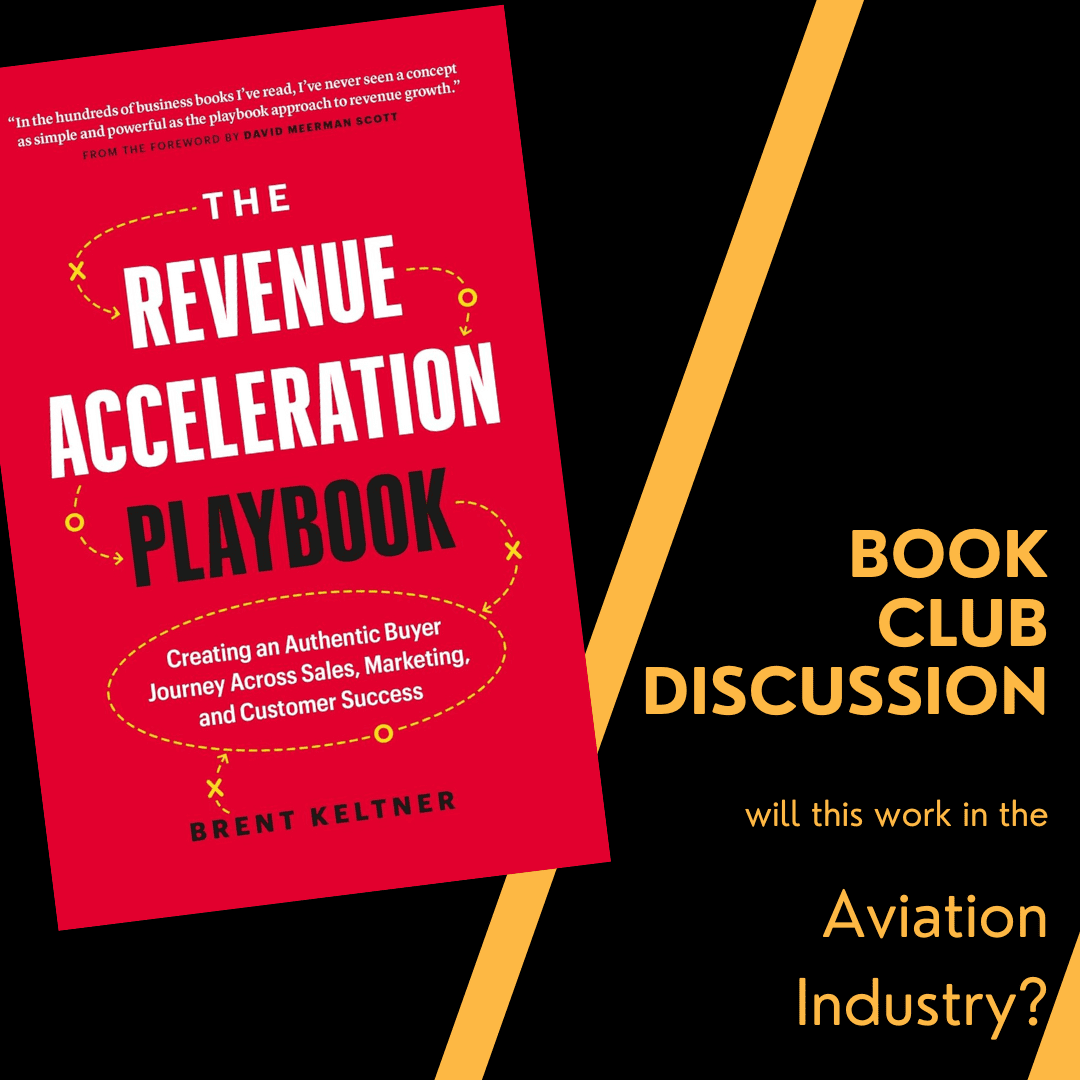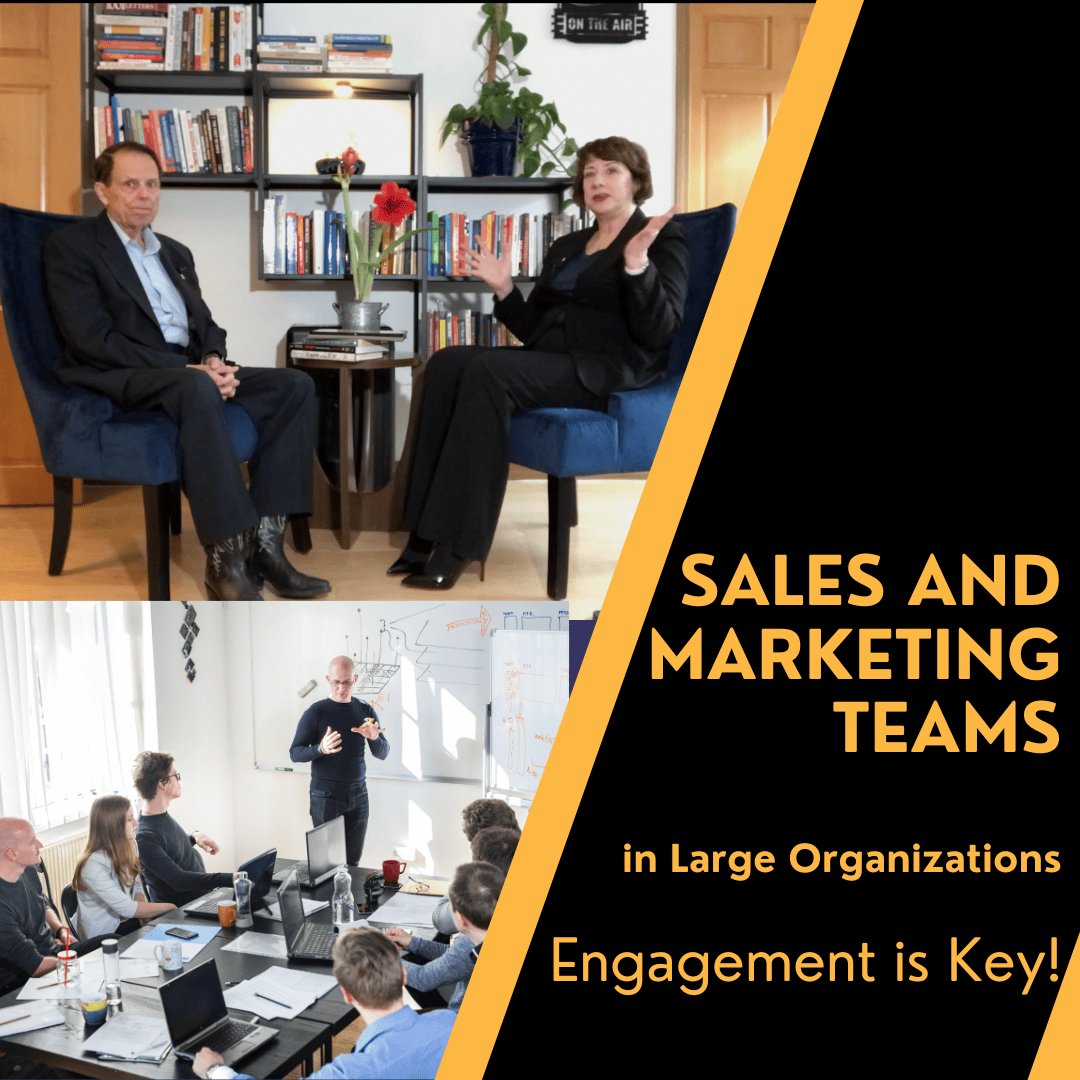“What gets measured gets improved.”
— Robin S. Sharma
Most businesspeople, especially those involved in aviation, are very disciplined about they handle production management, service implementation, legal and regulatory requirements management, and last (but not least!) financial management.
They are not as disciplined about their marketing.
This is a mistake. Finding new customers and managing your relationships with them is one of the most important functions of your company.
Number Ten in Jay Conrad Levinson’s Sixteen Monumental Secrets of Guerrilla Marketing is this: “Use measurement to judge the effectiveness of your weapons.”
The fact that these business owners don’t manage marketing as rigorously is not usually because of negligence, but because many business people are not clear about what they should be measuring; how to go about collecting the information you need, and how to make decisions based on the information you’ve collected.
Ask the right questions
Asking the right questions (deciding what factors are important enough to measure) is the most important part of this process. If the questions aren’t meaningful factors in your sales process, then all the data collected, reports written, dashboards designed and decisions made are pointless, so it’s important to be clear on your sales process. Once you are clear on the steps, you can ask meaningful questions. For example, if your marketing campaign is centered on a trade show, consider the following questions:
- How many current contacts did you invite to visit your booth (for a free gift or demo, for example?)
- How many of those current contacts responded to your invitation?
- How many new contacts were made at the show?
- How many of those contacts were followed up with?
- How many sales were made subsequent to a contact at the show?
Collect data
Collecting data to answer your questions can be done with various technological means. For example, you could send invitations to your trade show booth using an email program that tracks opens and responses, or you could have used Facebook and tracked the number of “Yes” responses.
For mailed invitations, you’ll simply have to count and respond by hand, unless you have a mail service that will do that for you.
At your booth, you may use badge readers or a goldfish bowl in which you collect business cards and later check them off against a list.
Marketing data collection is often time-consuming and involves some work. Technology is great, but since marketing includes personal interaction, the persons doing the interacting have to be aware of what’s being counted and the expectations and processes for reporting on their interactions.
Reports, dashboards and views
We like Google Analytics because it gives us great data in an easy format without any work on our part.

So, we can determine where traffic to our website is coming from, which articles are getting the most views, and even how much time people are spending on our site. It’s a great example of a dashboard.
Unfortunately, most of our sales processes involve a mix of online, in person, by mail, by email, and on the phone contacts. The only way to really see the whole picture of a sales lifecycle is to document all of these methods in a contact management database. I use InfusionSoft. There are others like SalesForce or ACT that are also excellent. But any system is only as good as the data that gets entered into it. So if your salespeople and customer service folks aren’t documenting every phone call or interaction, you’re not seeing the whole picture.
Whatever you use, make sure that it’s set up properly, that your people are trained to use it, and that it’s part of an incentive program. Easy, automated that are tied to real money get used. Difficult ones fall into disrepair and reports become meaningless.
Make decisions
Once you have a great report that shows the typical sales process, refine it. Do more of what works and less of what doesn’t. You may find that an expensive ad is having no effect. Don’t continue to run it simply because you always have. You could invest that money in a part of the process that has a more measurable outcome.
We review data with our full-service clients once a month; and make major decisions once a year. Since the sales cycle in aviation takes so long, it often requires a year to determine whether a channel (like a trade show) had any impact.
And each year, we review everything; starting with: “Are we asking the right questions?”} else {.






Hi there
I always like reading your articles on marketing or sales strategy, as they are accurate and helpful. Thanks
Thanks Ruth! I’m glad you like them.